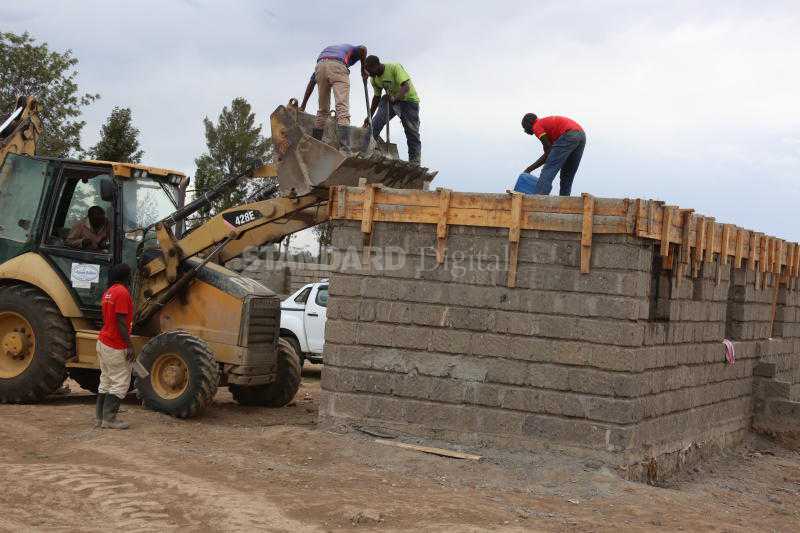
Financial institutions have been urged to adopt housing micro-finance as a response to growing housing needs. This is according to a habitat for Humanity case study, Building the Business Case for Housing Micro-finance in Sub-Saharan Africa, released last week.
Habitat for Humanity argues that housing micro-finance, small non-mortgage backed loans for short terms, can become a mainstream offering in the market to address growing housing needs in the region, incremental building patterns, and the land tenure realities of low-income households.
It builds on a project carried out for over six years in Kenya and Uganda. The study surveyed the work of the Kenya Women Micro-Finance Bank and Centenary Bank in Uganda. The project was a partnership between Habitat’s Terwilliger Center for Innovation in Shelter and the Mastercard Foundation. There are an about 1.6 billion people in the world living in substandard housing. “Solving the housing challenges in Africa will require a massive amount of capital investment and most of that will need to come from the private sector,” said Patrick Kelley, Vice President of Habitat’s Terwilliger Center for Innovation in Shelter.
Patrick added: “Financial institutions of all kinds have a role to play, especially those already deeply embedded in communities and who understand people with informal sector livelihoods.” Habitat’s Terwilliger Center for Innovation in Shelter partnership with the Mastercard Foundation sought to motivate local financial service providers in Kenya and Uganda to develop housing micro-finance loans to fund the incremental building process common among low-income households. So far, the project has reached over 47,000 households and mobilised more than $43 million (Sh4.3 billion) in capital to benefit over 237,000 individuals. It shows that there is demand for housing micro-finance among those earning as little as Sh500 a day who are seeking to build, extend, or renovate their home. According to Ruth Odera, Regional Program Manager, Habitat for Humanity’s Terwilliger Center for Innovation in Shelter, housing micro-finance loans are small loans offered to individuals for home improvement purposes.
“We find that many families and clients in Africa simply cannot afford to borrow bigger sums over a longer period of time. Hence, the micro-finance has an advantage that it offers smaller amounts over shorter periods of time,” said Odera. This came the same week the government announced the formation of Kenya Mortgage Refinancing Company (KMRC). KMRC will offer loans to banks to target civil servants, self-employed persons, or salaried employees with mortgage of up to 30 years to reduce the pressure on repayment. It targets households with incomes of up to Sh100,000 per month.

